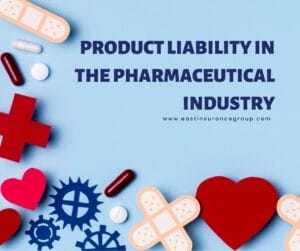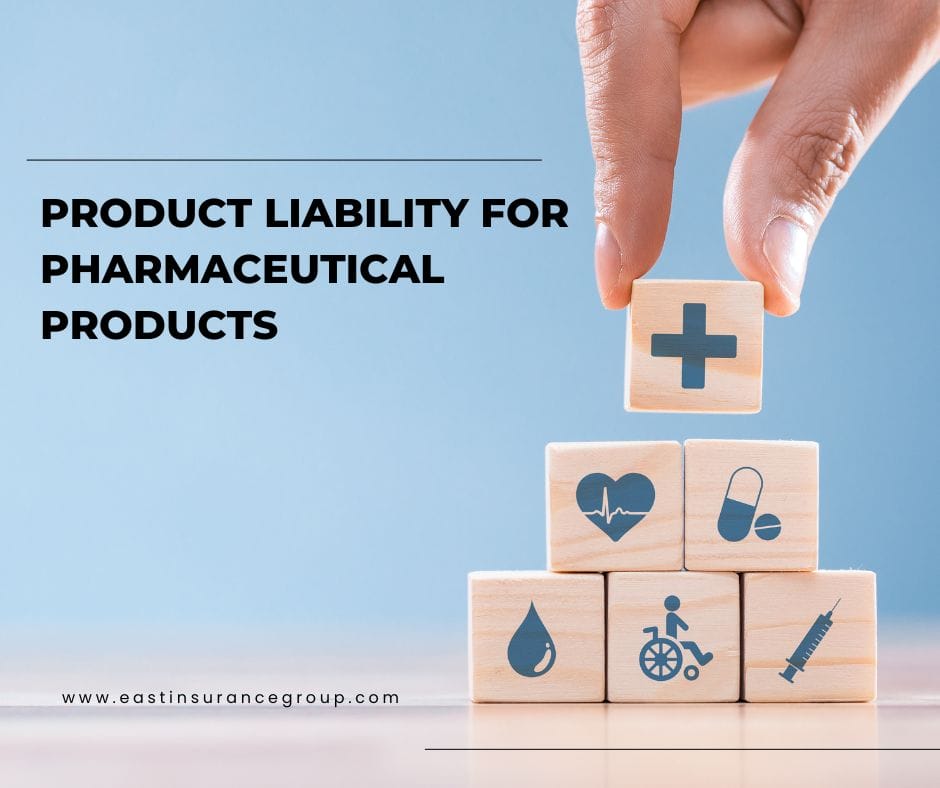Introduction
Definition and Scope of the Pharmaceutical Industry
- Brief Definition
- The pharmaceutical industry is a dynamic and vital sector that encompasses a wide range of activities related to the creation and distribution of drugs and pharmaceutical products. It serves as a cornerstone in healthcare by focusing on research, development, manufacturing, and the distribution of medications.
- Comprehensive Overview
- The pharmaceutical industry is characterized by its multifaceted nature, involving a series of intricate processes and functions. It represents a critical interface between scientific innovation, healthcare needs, and economic considerations. By exploring the various facets of the industry, we gain insights into its complex workings.
- Research and Development (R&D):
- Highlight the crucial role of research and development in the pharmaceutical industry. This involves extensive scientific exploration to discover new drugs, improve existing formulations, and advance medical knowledge.
- Manufacturing:
- Illustrate the manufacturing processes that convert research findings into tangible pharmaceutical products. These processes are sophisticated, requiring stringent quality control measures to ensure the safety and efficacy of the final products.
- Distribution:
- Emphasize the extensive distribution networks that ensure pharmaceutical products reach end-users. This involves collaboration with wholesalers, pharmacies, hospitals, and other stakeholders to guarantee widespread accessibility.
- Lifecycle of a Drug:
- Explain that the pharmaceutical industry’s involvement spans the entire lifecycle of a drug, from the initial stages of discovery and development, through clinical trials and regulatory approval, to large-scale manufacturing and global distribution.
- Global Impact:
- Stress the global impact of the pharmaceutical industry on healthcare systems and economies worldwide. The industry’s contributions extend beyond borders, influencing public health and playing a key role in shaping healthcare policies.
Drug Development
Early Stages
The process of drug development is a meticulously planned journey that begins with the identification of potential drug candidates through scientific research. This early phase is marked by:
- Scientific Research:
- Researchers engage in extensive scientific exploration to identify molecules or biological targets that show promise for therapeutic purposes.
- This phase relies on interdisciplinary collaboration, involving chemists, biologists, and pharmacologists.
- Significance of Innovation:
- Innovation is at the heart of drug development. It involves thinking creatively about new therapeutic approaches and novel ways to target diseases.
- The pursuit of innovative solutions often requires substantial financial investments, reflecting the industry’s commitment to groundbreaking research.
Manufacturing
Intricate Processes:
Once a potential drug candidate progresses through the development phases, manufacturing processes come into play. These processes are intricate and aim to convert raw materials into pharmaceutical products while ensuring:
- Consistency:
- Stringent processes are established to guarantee consistency in the formulation and production of drugs. This consistency is crucial for maintaining the desired therapeutic effect.
- Quality Control:
- Quality control measures are implemented at every stage of manufacturing to identify and rectify any deviations from established standards.
- The goal is to produce pharmaceuticals that meet the highest quality and safety standards.
- Regulatory Compliance:
- Compliance with regulatory standards, such as Good Manufacturing Practice (GMP), is paramount. This ensures that pharmaceutical products meet the required quality and safety benchmarks set by regulatory bodies.
Distribution
Complex Networks
Pharmaceutical distribution involves a complex network of stakeholders working together to ensure that medications reach end-users in a timely and secure manner. This includes:
-
-
- Manufacturer to Wholesalers:
- Pharmaceutical products typically move from manufacturers to wholesalers, who act as intermediaries in the distribution chain.
- Pharmacies and Healthcare Providers:
- Products then reach pharmacies, hospitals, and healthcare providers, making them available to the end-user—patients.
- Global Supply Chains:
- The global nature of pharmaceutical supply chains poses challenges related to logistics, transportation, and international regulations.
- Challenges in Timely Delivery:
- Ensuring timely delivery of pharmaceuticals is crucial for patient care. Challenges such as regulatory hurdles, transportation issues, and unforeseen events can impact the efficiency of the distribution process.
- Manufacturer to Wholesalers:
-
Industry Interdependencies
Research-Industry Collaboration
Scientific Advancements:
The pharmaceutical industry thrives on collaboration between research institutions, universities, and industry players to advance scientific knowledge and develop innovative therapies. Key aspects include:
- Cross-Disciplinary Collaboration:
- Collaboration spans various disciplines, from basic research in molecular biology to clinical trials and applied pharmacology.
- Scientists from academia and industry work together to translate discoveries into tangible therapeutic solutions.
- Innovative Therapies:
- Collaborative efforts often lead to the development of innovative therapies, such as targeted therapies, immunotherapies, and gene therapies.
Regulatory Framework
Ensuring Safety:
Regulatory bodies, such as the Food and Drug Administration (FDA) and the European Medicines Agency (EMA), play a crucial role in overseeing the pharmaceutical industry. Regulatory compliance is essential for:
- Safety and Efficacy:
- Regulatory bodies ensure that pharmaceutical products meet strict safety and efficacy standards before reaching the market.
- Rigorous testing and adherence to regulatory guidelines are prerequisites for regulatory approval.
- Quality Assurance:
- Compliance with regulations, including Good Clinical Practice (GCP) and Good Laboratory Practice (GLP), is vital for maintaining the quality and integrity of research and development processes.
Product Liability in the Pharmaceutical Industry

Product liability in the pharmaceutical industry refers to the legal responsibility of pharmaceutical companies for the safety and efficacy of their products. This encompasses a range of issues, including potential side effects, inadequate warnings, manufacturing defects, and failure to meet regulatory standards.
Importance:
- Patient Safety:
-
-
- Primary Concern:
- The foremost importance of product liability in the pharmaceutical industry lies in safeguarding patient safety. Ensuring that pharmaceutical products are safe for use is a fundamental ethical and legal obligation.
- Risk Mitigation:
- Rigorous testing and compliance with regulatory standards help mitigate the risks associated with adverse effects or unforeseen complications arising from drug use.
- Primary Concern:
-
- Legal Compliance:
-
-
- Regulatory Standards:
- Adhering to product liability regulations is not only a legal requirement but also a crucial aspect of maintaining the pharmaceutical industry’s credibility and public trust.
- Liability Lawsuits:
- Failure to meet product liability standards can result in lawsuits, damaged reputations, and substantial financial consequences for pharmaceutical companies.
- Regulatory Standards:
-
- Patient Confidence:
-
-
- Building Trust:
- Product liability practices contribute to building and maintaining trust among patients and healthcare professionals. Transparent information about potential risks and benefits enhances confidence in pharmaceutical products.
- Communication:
- Clear communication about product safety measures, potential side effects, and appropriate use fosters a transparent relationship between pharmaceutical companies and the public.
- Building Trust:
-
- Industry Reputation:
-
-
- Long-Term Impact:
- Product liability incidents can have a lasting impact on the reputation of pharmaceutical companies. Instances of negligence or non-compliance may tarnish the brand image and erode consumer trust.
- Brand Integrity:
- Upholding product liability standards is not only a legal obligation but also a means of preserving the integrity and standing of pharmaceutical brands in the market.
- Long-Term Impact:
-
- Legal and Ethical Responsibilities:
-
-
- Patient Welfare:
- Beyond legal obligations, product liability underscores the ethical responsibility of pharmaceutical companies to prioritize patient welfare and safety over financial considerations.
- Comprehensive Oversight:
- Establishing robust product liability frameworks demonstrates a commitment to comprehensive oversight and quality control throughout the entire pharmaceutical product lifecycle.
- Patient Welfare:
-
- Global Regulatory Compliance:
-
- International Markets:
- Operating in international markets necessitates compliance with diverse regulatory standards. Ensuring product liability aligns with global regulations facilitates market access and expansion.
- Harmonization Efforts:
- Industry efforts to harmonize and standardize product liability practices globally contribute to a more consistent and universally accepted framework.
- International Markets:
Conclusion
Summarize the Importance:
- Healthcare Impact:
- The pharmaceutical industry significantly impacts healthcare by improving patient outcomes, preventing diseases, and extending life expectancy.
- Medications developed by the industry play a crucial role in addressing various health conditions.
- Economic Contributions:
- Reiterating the industry’s significant economic contributions, not only as a source of revenue but also as a driver of innovation and job creation.
- The pharmaceutical sector fosters economic growth through investments and job opportunities.
- Societal Well-being:
- Stressing the broader societal well-being influenced by the availability of effective medications.
- The industry’s role in addressing global health challenges contributes to societal well-being.
Transition to Regulatory Compliance:
- Setting the Stage:
- A smooth transition to the exploration of regulatory compliance is essential, emphasizing its pivotal role in ensuring the safety and efficacy of pharmaceutical products.
- Nexus with Product Liability:
- Introduce the concept of regulatory compliance as a crucial aspect in minimizing product liability risks.
- Regulatory standards are fundamental in maintaining the integrity of pharmaceutical products and ensuring their safety for consumers.

